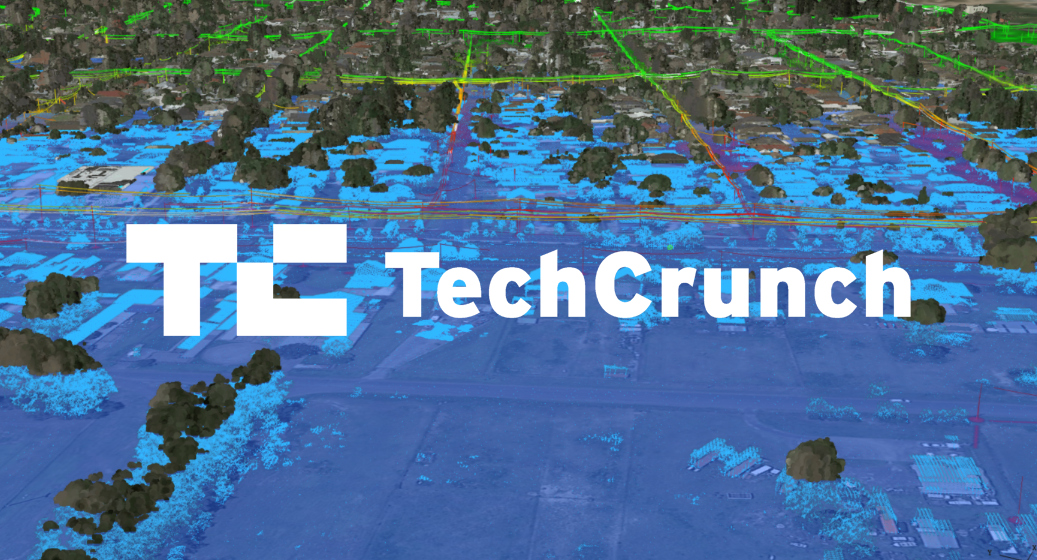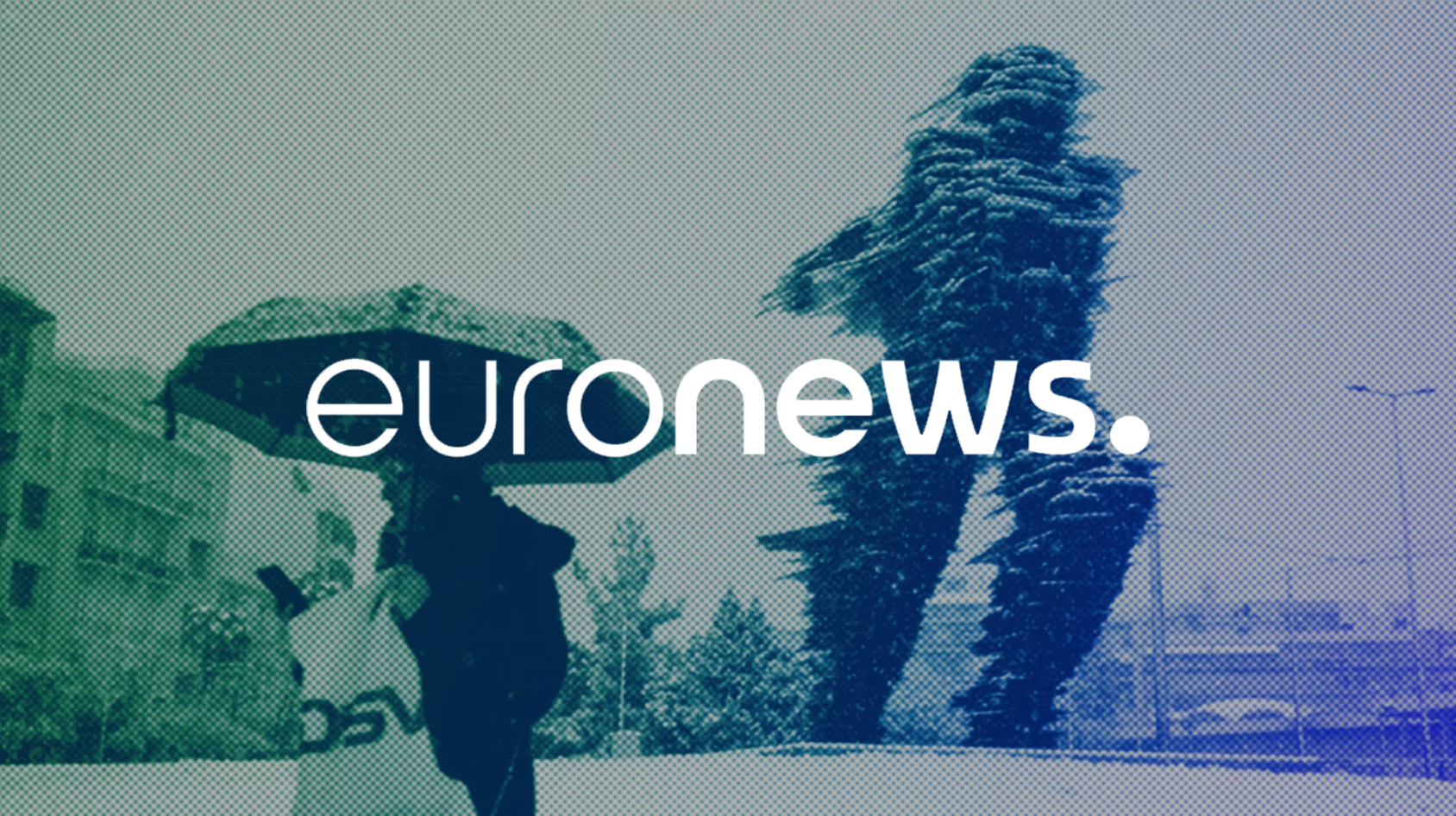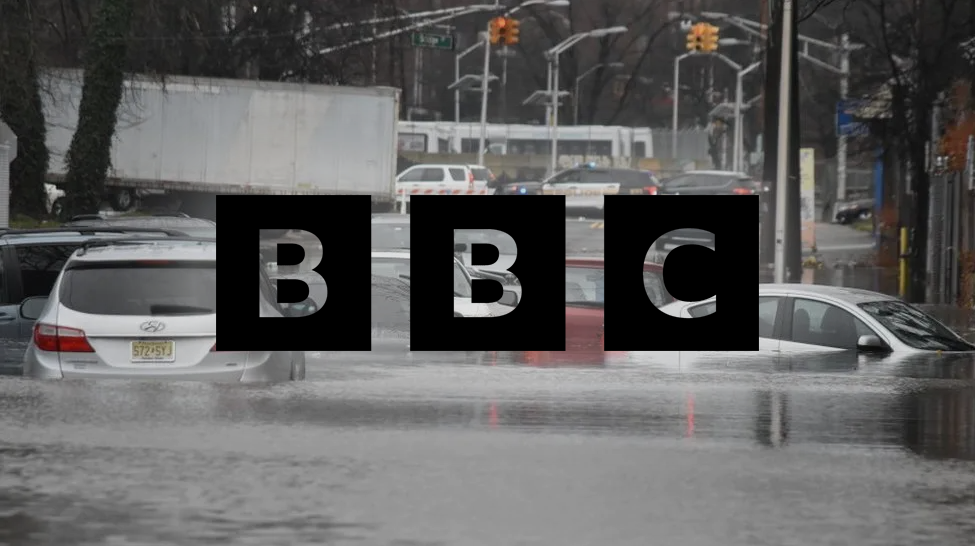Resources
The Hurricane Management Playbook
Resources
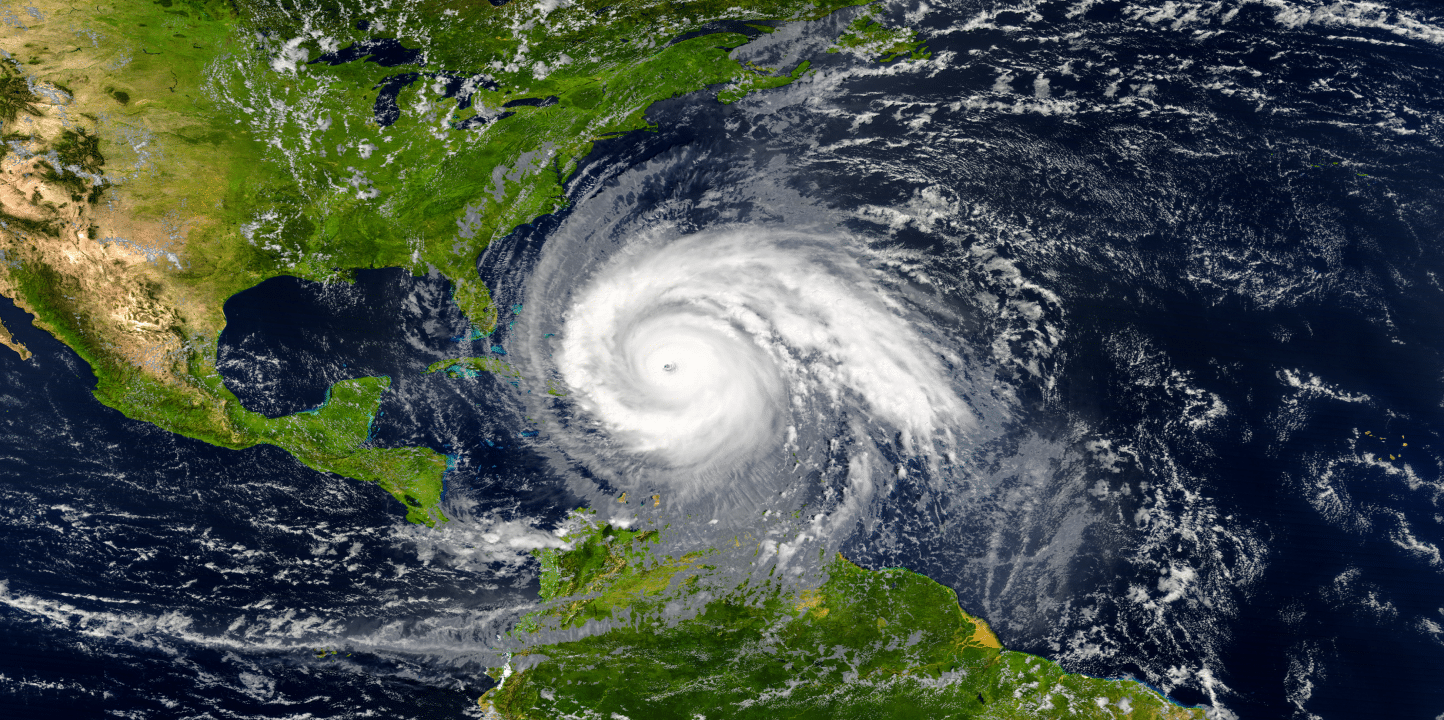
Hurricanes are among the most widespread, catastrophic weather phenomena that nature can unleash. And when utilities aren’t prepared, the consequences can be deadly, from prolonged outages that hamper emergency services to downed lines in standing water that present electrification hazards. As severe hurricanes like Florence and Ida become more frequent, utilities in the U.S. must hone and strengthen proactive hurricane management plans that ensure reliable service for all.
For decades, the traditional reliance on outdated SLOSH models, on-the-ground surveys and reactive restoration seemed good enough. But utility companies are under more pressure than ever to minimize outages for growing customer bases.
You simply can’t afford prolonged outages, complaints and regulatory inquiries especially when tools exist to mitigate those risks.
How to build a framework that enables an organized hurricane response
With the right technology and preparation, implementing a dependable, three-prong hurricane response playbook is possible. This fortifies community resilience, minimizes infrastructure damage and increases strategic power restoration 3x faster than ever seemed possible.
Anticipate, prepare and respond faster with an engineering-grade 3D digital model of your network
- Simulate hurricane-strength weather conditions to assess vulnerabilities — A digital model built with your LiDAR, GIS and live weather data show you how hurricane-force winds, rainfall and storm surge conditions threaten your network infrastructure. Opportunities to harden your grid long before a storm makes landfall will reveal themselves clearly.
- Design a data-driven power dispatch tailored to community needs — When will water come within three feet of your lowest line if 1.5” of rain falls per hour? How high can storm surge rise before shutting off power around key agriculture, transportation or military operations? You can answer these exact questions in a comprehensive 3D network model.
- Prioritize rapid power restoration and safe equipment repair — As the storm passes, your digital model will show you where to safely send your crews, avoiding risky on-the-ground inspections and slow, expensive aerial surveys. A digital model means you can do digital inspections rather than keeping your community without power while you wait for water levels to recede.
By leveraging the right tools, it’s possible to deploy each phase simultaneously and consecutively. And at every stage, you can use the insights from your digital network model to keep all stakeholders informed, reinforcing your company’s credibility and authority.
Empower hurricane preparedness with Neara’s 3D model of your network
Shelve the fuzzy hypotheticals and spaghetti models. Neara combines LiDAR, GIS and real-time weather data to build a custom 3D digital model of your network. Run any simulation to manage every stage of an extreme weather event with 99% accuracy — and keep your community safe.
Simulate real-time hurricane conditions to assess your network’s current vulnerabilities
Betting on a reactive response can leave you scrambling amid the chaos of a live weather event. A more proactive approach starts with assessing infrastructure vulnerability long before a storm starts building. And the sooner you start, the better prepared you’ll be to face future hurricanes. In the past, you probably relied on broad aerial or field surveys to detect threats to your network.
But these approaches are expensive, time-consuming, risk safety events and are subject to human error — and technology now exists to facilitate data-driven decision-making.
3D digital models show how your assets behave in different hurricane scenarios
Through comprehensive simulations in a 3D digital model of your network, it’s easier to understand your network’s nuances, community risks and most optimal grid hardening paths. From Category 1 storms to Category 5 hurricanes that pose a multi-state threat, Neara lets you overlay real-time weather scenarios onto your network assets, revealing the complex dynamics that unfold over the full life cycle of a hurricane.

Five variables to explore during your network assessment:
- Wind speed — Hurricanes aren’t just windy. They can blow 2x or even 3x the speed of highway traffic and vary in speed, direction and intensity from top to bottom, inside to outside. During the fall cycle of a storm, every part of your grid will experience relentless, shifting winds. By simulating them, you can pinpoint potential clashing, prevent arcing and reduce risk of cascading pole failure.
- Vegetation — How will vegetation near your network fare in hurricane-force winds? Whether it’s 75 or 175 mph, simulations help you identify where trees and shrubs pose a direct risk to your infrastructure in extreme weather — and how to efficiently prioritize proactive management as a system approaches.
- Flooding — Catastrophic rainfall always accompanies a hurricane, but the most damaging floods usually come from storm surge, which inundates coastal areas and complicates drainage further inland. Layer SLOSH models into Neara to understand how fast water will rise, when you should plan for critical shutoffs and more.
- Soil density — Oversaturated soil can weaken the ground beneath poles, threatening their stability. And as seen during Hurricane Katrina, floods also occur when flood-control devices like levees break. By pairing water saturation with the soil density of such features within your network, you can check for such risks and protect assets appropriately.
- Elevation geometry — Floodwaters and storm surge don’t just rise and recede in a linear fashion. Understanding where and why water inundation impacts your network based on even seemingly minimal changes in ground slope will help you accurately predict water behavior during a hurricane and after it passes.
Build a more resilient network by identifying which assets to harden or replace
The promise of a proactive stance is often easier said than done and requires fully understanding your network’s environment under changing hurricane conditions. With engineering-grade software like Neara, you can spot likely points of failure with 99% accuracy and home in on assets whose failure can trigger a cascade of other failures.
That gives you the insights you need to start grid hardening well in advance — not in the shadow of a looming storm.
Identify and resolve risks 9x faster with Neara. Get a demo today.
Armed with your GIS and LiDAR data, insights from a 3D model help you prioritize what matters
Once you know how wind, flood and storm surge can compound to threaten your assets, it’s time for grid hardening. Neara lets you overlay information like customer locations, transport corridors, land traversability and more to guide your decision-making. Your operational and field teams will have the data they need to prioritize which assets to harden and when, reducing overall risk of damage and downtime.
This may include:
- Preventing cascading pole failure by reinforcing weak poles vulnerable to high winds
- Raising or relocating vulnerable equipment to minimize damage during water inundation
- Upgrading critical power infrastructure like substations, transformers and power lines
- Fortifying vital facilities by installing flood barriers against rising water
- Identifying alternative access points for your team during restoration efforts
And with this information in hand, you can start writing an actionable hurricane response plan with specific responsibilities and protocols tailored to your network.

It’s never too early for communication and collaboration
By publicizing your proactive efforts to build a better hurricane program, you’ll set a model for other stakeholders to plan their own responses. Neara also provides a single source of truth that you can share with community partners and use to streamline emergency coordination, enabling safer hurricane mitigation for all.
Strategic planning for emergency hurricane response
Every utility wants to deliver rapid responses during a hurricane. But that’s easier said than done when you lack the right tools.
If you have one span affecting thousands of customers in, keeping power on for as long as possible is essential. Or, you may know that you’ll need to turn off certain feeders during a storm, but which ones and when? Such decisions become even harder when dependent critical infrastructure and industries may be unduly impacted.
Lessen impacts by focusing on where the risks are — or will be
Grid hardening is not enough. During a hurricane, you must maintain situational awareness across your organization. Sharing critical information helps prioritize response initiatives and eliminate surprise hazards.
With Neara, your risk management teams can identify, quantify and prioritize risks at scale.
Our fit-for-purpose platform enables:
- Floodwater simulation with user-defined water depths applicable across your network
- Real-time data monitoring on water levels, rainfall intensity and vulnerable areas
- Output reports for floodwater heights per pole and span-submersion events
This helps your field and control teams maintain situational awareness and share critical information for an organized response. And everyone can depend on this data for controlled, proactive shutdowns as the storm passes.
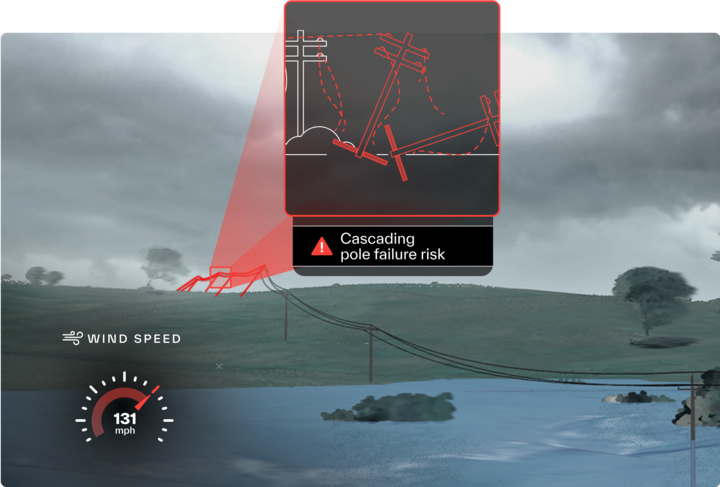
A proactive shutdown approach facilitates
- Avoiding premature, widespread outages that leave communities in the dark
- Implementing pre-emptive shutdowns of vulnerable facilities to protect equipment and personnel
- Utilizing data-supported customer communications to help them prepare for planned outages
And after the storm passes, your team can conduct rapid, network-wide restoration diagnostics to identify damages and prioritize power restoration for your community.
Restoring power 3x faster to 1.7 million people after a major flood
“By monitoring water and clearance levels daily, SA Power Networks was able to leave power on for longer for many customers along the river as the floodwaters rose, and also restore power more quickly as water receded. This innovative approach, based on digital insights, allowed for the re-energization of power lines within five days, compared with the originally anticipated three-week timeframe using traditional manual methods.” – Doug Schmidt, General Manager, SA Power Networks
Accelerated repair and power restoration
Neara’s 3D simulation platform can’t prevent hurricanes — but it can enable better, more informed decision-making for the safest, most efficient response possible.
On the surface, your hurricane recovery plan is relatively simple:
- Conduct damage assessments and safety checks of your network’s infrastructure
- Execute strategic restoration that returns power to critical public facilities and populations
- Establish transparent, regularly scheduled restoration updates for all stakeholders
- Collaborate with local authorities and relief organizations aiding affected communities
- Perform a post-hurricane analysis to improve your program and educate the public
But this tidy checklist will always be complicated by the real-time conditions on the ground.
For example, damage assessments are difficult when you don’t know whether water is ankle- or neck-deep in impacted areas of your network. On the margins of a hurricane, it’s easy to send a crew out for a quick visual check. But when widespread inundation affects thousands of spans, that approach becomes completely unscalable — and dangerous for both your teams and your customers.
3D models mitigate these risks by helping you explore and process information digitally. In Neara, you can filter data layers based on the network information that matters to you.
And when it comes to damage assessments, you can do it all within the platform with 99% accuracy.
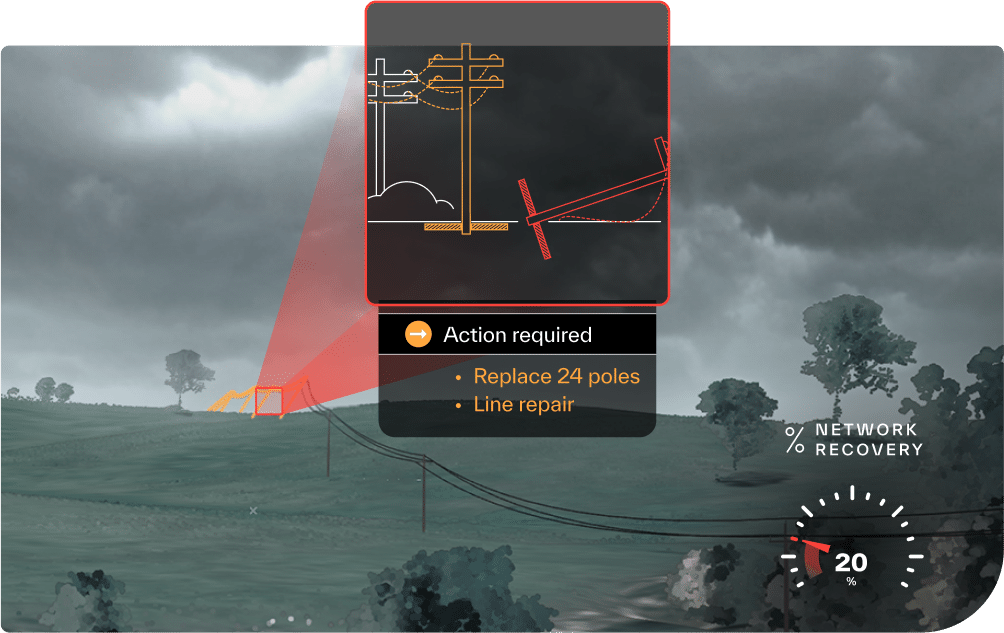
Strategic, efficient restorations for the most people possible
Once the skies clear, safe power restoration becomes paramount. With Neara, you can chart your plans by identifying the crucial and accessible equipment repairs.
This prioritization allows your team to focus on key infrastructure first, ensuring rapid restorations for as many customers as possible. And by applying your digital network model in this way, you’ll curtail downtime and mitigate the aftermath of flooding, storm surge and wind damage.
- Identify safe, alternative access points for crews.
- Generate comprehensive summaries of affected assets to manage budgets effectively.
- Filter data by clearance or the feature you care about most — then deploy crews accordingly.
Eliminate safety risks for the public and personnel
For your crews, restoration is the most dangerous part of any hurricane. As your dedicated on-the-ground teams work tirelessly to restore infrastructure, they often face conditions that put them at risk of electrocution. Meanwhile, your company must also manage the safety of the public and the overall integrity of your power distribution system.
Run simulations in Neara’s 3D digital model to identify post-hurricane safety issues like
- Submerged electrical hazards that increase the risk of electric shocks and electrocution.
- Hidden hazards like submerged infrastructure and even sinkholes.
- Poles and towers that may be compromised and vulnerable to collapse.
- Waterborne contaminants such as pollutants or other hazardous substances that necessitate. increased safety protocols and personal protective equipment (PPE).
- Damaged roads, bridges and blocked routes that limit access — and alternative entry points.
Collaboration, cooperation and communication instill public trust
For many networks impacted by widespread flooding and wind damage, recovery isn’t possible without cooperation across neighboring utilities. Your partners can rely on Neara to provide a single source of truth for all. This brings teams quickly up to speed on the nuances of your grid and infrastructure to enable faster, more efficient repairs.
But utility partners aren’t the only ones who can benefit from data gleaned in your 3D digital model. Your findings can and should be shared with local authorities and relief organizations providing assistance to those in need. By working together, community leaders can identify the most impacted areas and allocate resources effectively, streamlining the recovery process.


Collect and share post-storm intelligence with your community
Once you recover from a hurricane, your focus can shift to finding opportunities for improvement. Delve into the 3D digital model to explore alternative vegetation management strategies, pole reinforcements, line adjustments or more heightened grid hardening. These measures can collectively amplify your ability to manage future hurricanes more effectively.
Neara transcends basic simulations. It’s a tool that enables data-driven decision-making. The insights you glean can aid more robust public communications and education about future hurricane preparedness — and survival.
See your network through the eyes of a hurricane
There’s too much at stake for a reactive hurricane response.
Revamping your hurricane management plan demands a more proactive approach that empowers your team to predict, prepare and overcome these storms.
By incorporating our playbook alongside the 3D modeling and simulation capabilities of Neara, you’ll be armed with a comprehensive toolkit for successful hurricane response. In our platform, you can visualize real-time weather impacts, strategic vegetation control, vulnerabilities in your network infrastructure and opportunities to build a more resilient grid.
These data-informed choices are essential for sustaining your network’s functionality to protect your community.
Reach out. We’re very friendly.
Contact us to learn more, schedule a demo, inquire about a pilot project, or discuss other needs.

